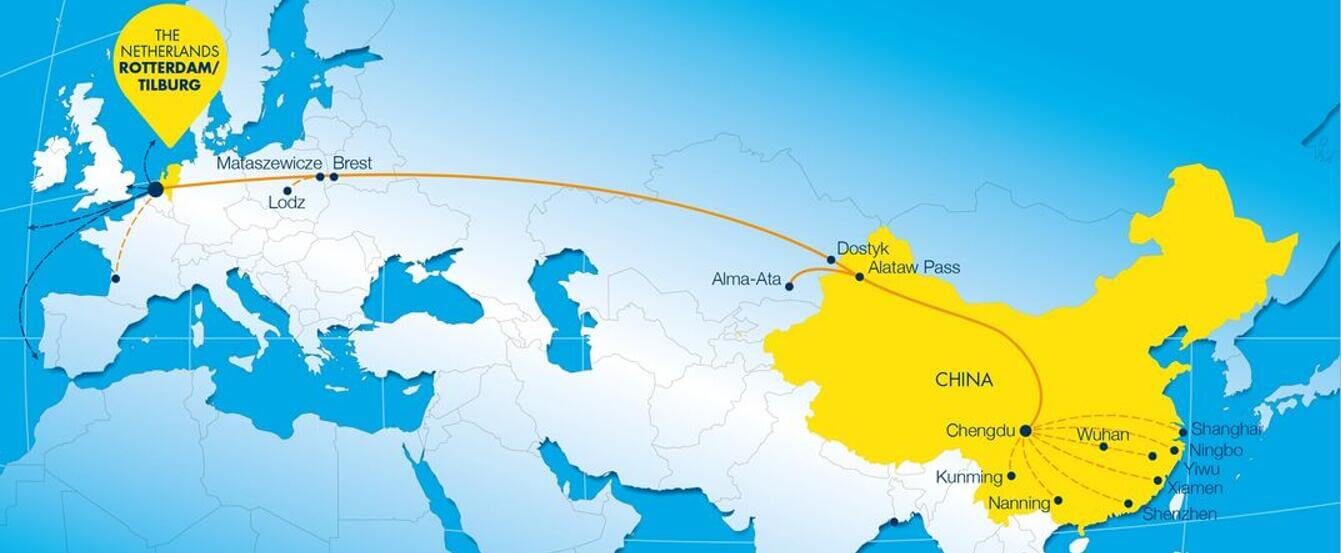If you are looking for a reliable and cost-effective way to ship your goods from China to Europe, you may want to consider the China to Rotterdam FCL shipping route. FCL stands for full container load, which means that you book an entire container for your cargo, regardless of how much space it occupies. This can offer you several advantages over LCL (less than container load) shipping, such as lower costs per unit, faster transit times, and less risk of damage or loss.
In this article, we will explain the benefits of using the China to Rotterdam FCL shipping route, the key ports and logistics involved, the trade statistics and trends on this route, how to plan and prepare for FCL shipping from China to Rotterdam, the cost considerations and pricing structures, and the customs and regulatory requirements that you need to comply with.
Advantages of using the China to Rotterdam FCL shipping route
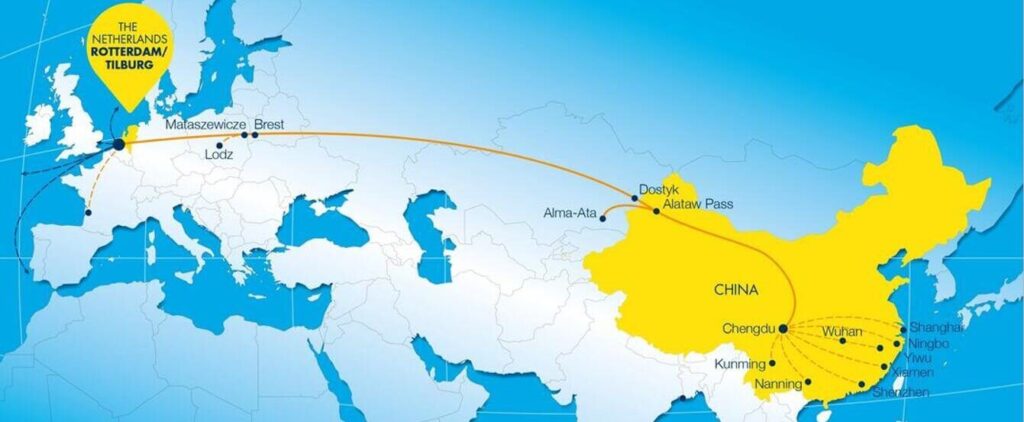
The China to Rotterdam FCL shipping route is one of the most popular and busiest shipping routes in the world, connecting the largest exporter and the largest importer in the world. According to the World Shipping Council, Rotterdam is the largest container port in Europe and the 11th largest in the world, handling over 14 million TEUs (twenty-foot equivalent units) in 2020. China is the largest trading partner of the European Union, accounting for 22.1% of the EU’s imports and 19.2% of the EU’s exports in 2020.
By using the China to Rotterdam FCL shipping route, you can enjoy the following advantages:
- Access to a large and diverse market: Rotterdam is the gateway to Europe, serving over 500 million consumers and businesses in the EU and beyond. You can reach many destinations in Europe by rail, road, or barge from Rotterdam, as well as access other global markets via transshipment.
- Availability of frequent and regular services: There are many shipping lines and carriers that offer FCL services from China to Rotterdam, with multiple sailings per week and competitive transit times. You can choose from a variety of options depending on your budget, schedule, and preferences.
- Flexibility and control over your cargo: With FCL shipping, you have more flexibility and control over your cargo, as you can decide when to load and unload your container, how to pack and secure your goods, and what type of container to use. You also have less risk of delays, damage, or loss, as your container is sealed and handled as a single unit throughout the journey.
- Economies of scale and lower costs per unit: With FCL shipping, you can benefit from economies of scale and lower costs per unit, as you pay a flat rate for the whole container, regardless of how much space your cargo occupies. This can be more cost-effective than LCL shipping, especially if you have a large volume of goods or heavy or bulky items.
Key ports and logistics involved in the FCL shipping route
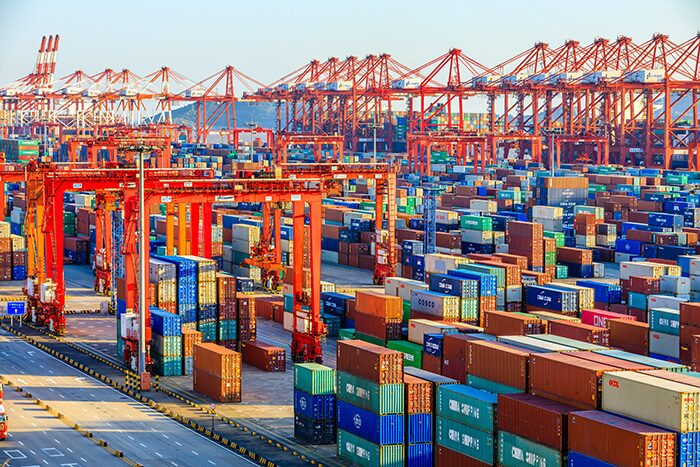
The China to Rotterdam FCL shipping route involves several key ports and logistics processes, depending on the origin and destination of your cargo. Here are some of the main ports and logistics involved in this route:
- Origin port in China: There are many ports in China that offer FCL services to Rotterdam, such as Shanghai, Ningbo, Shenzhen, Guangzhou, Tianjin, Qingdao, Xiamen, and Dalian. You need to choose the port that is closest to your supplier or manufacturer, and arrange for the transportation of your goods from the factory or warehouse to the port. You also need to book your container and space on the vessel, and complete the necessary documentation and customs clearance procedures at the origin port.
- Transit ports: Depending on the shipping line and carrier you choose, your container may stop at one or more transit ports along the way, such as Singapore, Colombo, Port Said, or Tangier. These ports are used for transshipment, which means that your container is transferred from one vessel to another, or for refueling, maintenance, or inspection. You need to check the transit times and costs involved in these ports, and ensure that your cargo is properly labeled and tracked.
- Destination port in Rotterdam: Rotterdam is the final destination port for your container, where it will be unloaded from the vessel and moved to the terminal. You need to arrange for the transportation of your goods from the port to your final destination, such as your warehouse, distribution center, or customer. You also need to complete the necessary documentation and customs clearance procedures at the destination port, and pay the relevant fees and charges.
Trade statistics and trends on the China to Rotterdam route
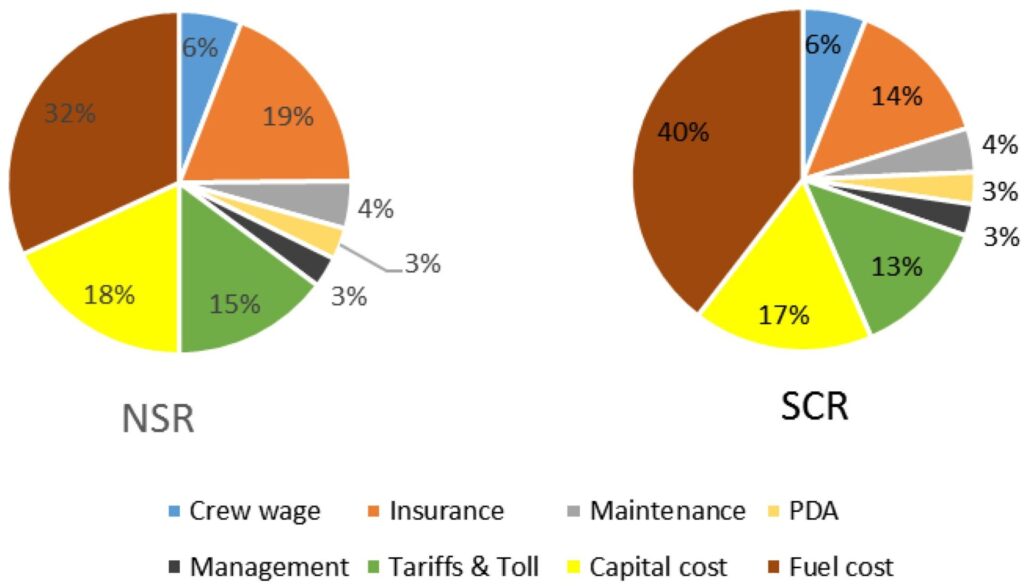
The China to Rotterdam route is one of the most important and dynamic trade routes in the world, reflecting the strong economic and trade relations between China and the European Union. According to the Eurostat, the EU imported goods worth 383.5 billion euros from China and exported goods worth 202.5 billion euros to China in 2020, making China the EU’s largest source of imports and second-largest destination of exports. The main categories of goods traded between the EU and China are machinery and transport equipment, chemicals, textiles and clothing, and agricultural products.
The China to Rotterdam route has also witnessed some significant trends and developments in recent years, such as:
- The impact of the COVID-19 pandemic: The COVID-19 pandemic has disrupted the global supply chains and trade flows, affecting the demand and supply of goods, the availability and capacity of shipping services, and the costs and risks of transportation. The China to Rotterdam route has experienced some challenges and opportunities due to the pandemic, such as reduced consumer demand, increased e-commerce activity, container shortages and imbalances, port congestion and delays, and higher freight rates and surcharges.
- The growth of the Belt and Road Initiative: The Belt and Road Initiative (BRI) is a global development strategy launched by China in 2013, aiming to enhance the connectivity and cooperation among countries across Asia, Europe, Africa, and beyond. The BRI involves various infrastructure and investment projects, such as railways, roads, ports, pipelines, and power plants, that can facilitate the trade and transport of goods and services. The China to Rotterdam route is one of the key components of the BRI, as it connects the Maritime Silk Road and the New Eurasian Land Bridge, two of the main corridors of the BRI. The BRI can offer new opportunities and challenges for the China to Rotterdam route, such as increased trade volume and diversity, improved infrastructure and logistics, and increased competition and complexity.
- The emergence of new technologies and innovations: The China to Rotterdam route is also influenced by the emergence of new technologies and innovations that can enhance the efficiency and sustainability of shipping and logistics. Some of the examples of these technologies and innovations are blockchain, artificial intelligence, big data, internet of things, smart containers, autonomous vessels, and green shipping. These technologies and innovations can offer various benefits and drawbacks for the China to Rotterdam route, such as improved visibility and security, reduced costs and emissions, and increased complexity and regulation.
How to plan and prepare for FCL shipping from China to Rotterdam
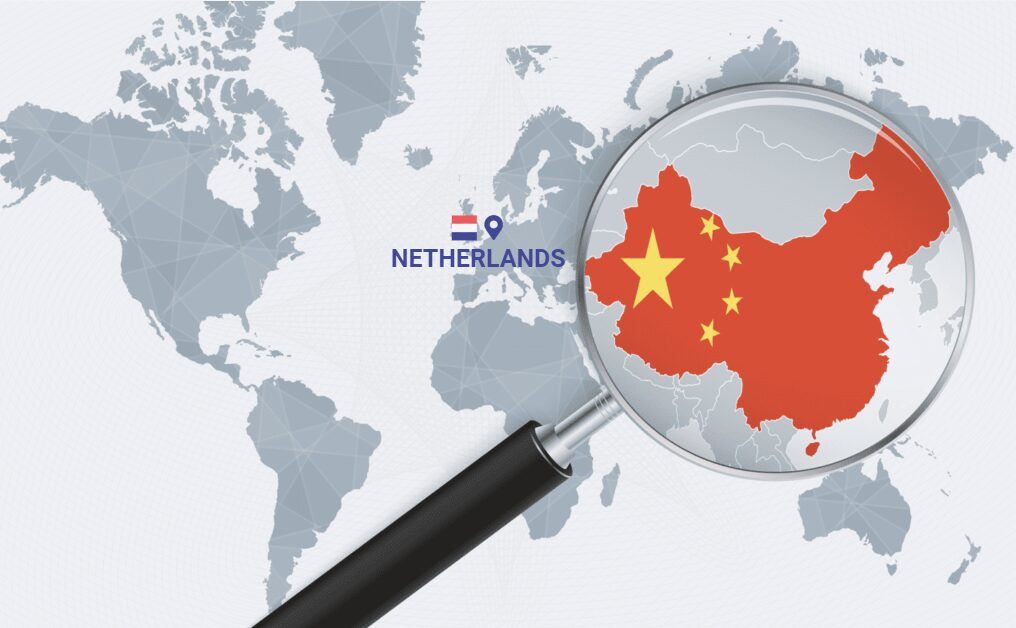
If you want to use the China to Rotterdam FCL shipping route for your cargo, you need to plan and prepare carefully to ensure a smooth and successful shipment. Here are some of the steps and tips that you need to follow:
- Choose the right shipping line and carrier: You need to research and compare the different shipping lines and carriers that offer FCL services from China to Rotterdam, and choose the one that best suits your needs and preferences. You need to consider factors such as the frequency and reliability of the services, the transit times and routes, the types and sizes of the containers, the customer service and support, and the reputation and reviews of the shipping line and carrier.
- Book your container and space on the vessel: You need to book your container and space on the vessel well in advance, especially during peak seasons or periods of high demand. You need to provide the shipping line or carrier with the details of your cargo, such as the weight, volume, dimensions, quantity, value, and description. You also need to confirm the origin and destination ports, the expected departure and arrival dates, and the terms and conditions of the contract.
- Pack and load your goods: You need to pack and load your goods properly and securely, to prevent any damage or loss during the transportation. You need to use suitable packing materials and methods, such as pallets, crates, boxes, bags, wraps, straps, and seals. You also need to label your goods clearly and accurately, with information such as the shipper and consignee names and addresses, the port of origin and destination, the container number and seal number, the gross weight and net weight, and any special instructions or warnings.
- Complete the documentation and customs clearance: You need to complete the documentation and customs clearance procedures at both the origin and destination ports, to comply with the laws and regulations of the countries involved. You need to prepare and submit the required documents, such as the commercial invoice, the packing list, the bill of lading, the certificate of origin, and any other certificates or permits that may be needed. You also need to pay the relevant duties and taxes, and provide the proof of payment and clearance.
Cost considerations and pricing structures for FCL shipping

The cost of FCL shipping from China to Rotterdam depends on various factors, such as the shipping line and carrier, the origin and destination ports, the type and size of the container, the weight and volume of the cargo, the season and demand, and the exchange rate and fuel price. You need to understand the cost components and pricing structures of FCL shipping, to budget and negotiate effectively. Here are some of the main cost components and pricing structures of FCL shipping:
- Basic freight rate: This is the base rate that the shipping line or carrier charges for transporting your container from the origin port to the destination port. The basic freight rate depends on the type and size of the container, the weight and volume of the cargo, and the supply and demand of the shipping services. The basic freight rate is usually quoted in US dollars per TEU or FEU (forty-foot equivalent unit).
- Bunker adjustment factor (BAF): This is a surcharge that the shipping line or carrier adds to the basic freight rate, to cover the fluctuations in the fuel price. The BAF depends on the distance and duration of the voyage, the fuel consumption and efficiency of the vessel, and the market price and availability of the fuel. The BAF is usually quoted as a percentage of the basic freight rate or as a fixed amount per TEU or FEU.
- Currency adjustment factor (CAF): This is a surcharge that the shipping line or carrier adds to the basic freight rate, to cover the fluctuations in the exchange rate. The CAF depends on the currency of the origin and destination countries, the currency of the contract, and the market rate and volatility of the currency. The CAF is usually quoted as a percentage of the basic freight rate or as a fixed amount per TEU or FEU.
- Terminal handling charges (THC): These are the fees and charges that the port authorities or terminal operators charge for handling your container at the origin and destination ports. The THC includes the costs of loading and unloading your container from the vessel, moving and storing your container at the terminal, and providing the equipment and labor for the handling. The THC depends on the port and terminal fees and tariffs, the type and size of the container, and the weight and volume of the cargo. The THC is usually quoted as a fixed amount per TEU or FEU.
- Documentation and customs fees: These are the fees and charges that the shipping line or carrier, the customs authorities, or the agents charge for preparing and processing the documentation and customs clearance for your cargo. The documentation and customs fees include the costs of issuing and verifying the documents, such as the bill of lading, the certificate of origin, and the customs declaration, and paying the duties and taxes, and providing the proof of payment and clearance. The documentation and customs fees depend on the laws and regulations of the origin and destination countries, the value and description of the cargo, and the service and commission of the agents. The documentation and customs fees are usually quoted as a fixed amount per document or per shipment
Customs and regulatory requirements for the China to Rotterdam FCL shipping route
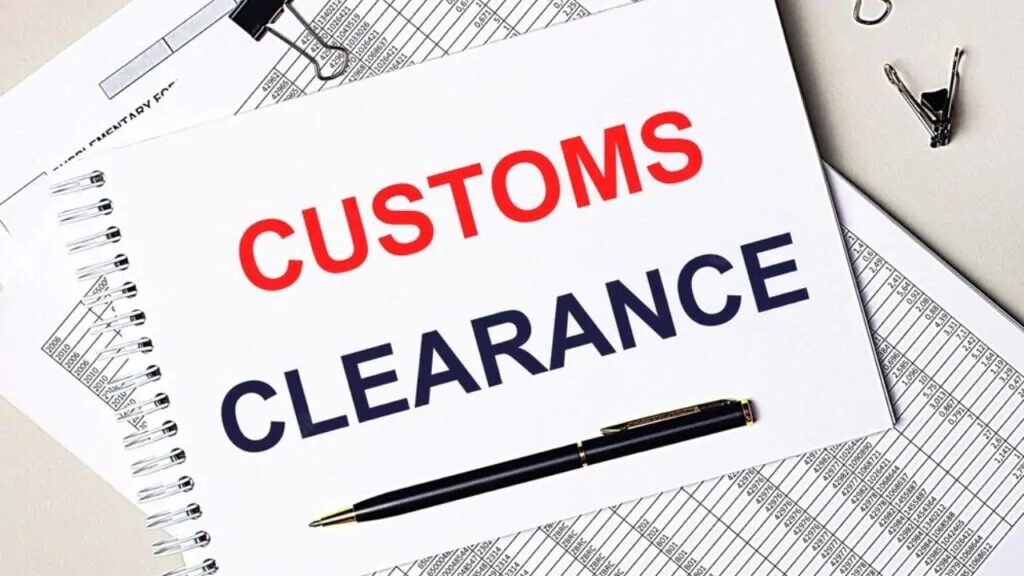
The China to Rotterdam FCL shipping route is subject to various customs and regulatory requirements that you need to comply with, to avoid any delays, penalties, or confiscation of your cargo. Here are some of the main customs and regulatory requirements for this route:
- Origin and destination country requirements: You need to follow the laws and regulations of both the origin and destination countries, regarding the import and export of goods, the payment of duties and taxes, and the provision of documents and certificates. You need to check the tariff and non-tariff barriers, the restricted and prohibited items, the preferential trade agreements, and the special rules and procedures that apply to your cargo, and obtain the necessary permits and approvals from the relevant authorities.
- European Union requirements: You need to follow the laws and regulations of the European Union, regarding the entry and exit of goods, the payment of duties and taxes, and the provision of documents and certificates. You need to check the common customs tariff, the common commercial policy, the common agricultural policy, and the common external border controls that apply to your cargo, and register and declare your goods using the electronic systems and tools of the EU, such as the Economic Operators Registration and Identification (EORI) number, the Single Administrative Document (SAD), and the Import Control System (ICS).
- International requirements: You need to follow the laws and regulations of the international organizations and conventions, regarding the safety and security of shipping and logistics, the protection of the environment and human rights, and the prevention of fraud and smuggling. You need to check the standards and guidelines of the International Maritime Organization (IMO), the World Customs Organization (WCO), the World Trade Organization (WTO), and the United Nations (UN) that apply to your cargo, and adhere to the international agreements and protocols, such as the International Convention for the Safety of Life at Sea (SOLAS), the International Ship and Port Facility Security (ISPS) Code, the Harmonized System (HS) of tariff nomenclature, and the Kyoto Convention on the simplification and harmonization of customs procedures.


